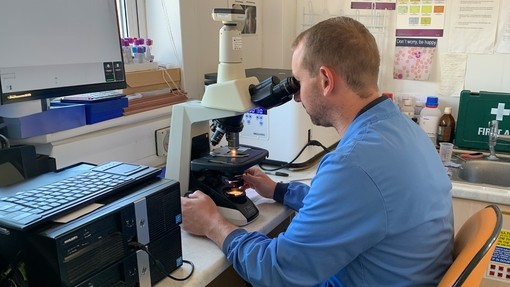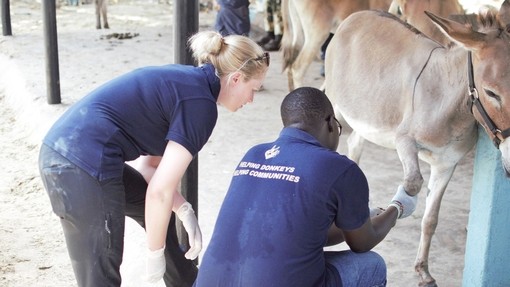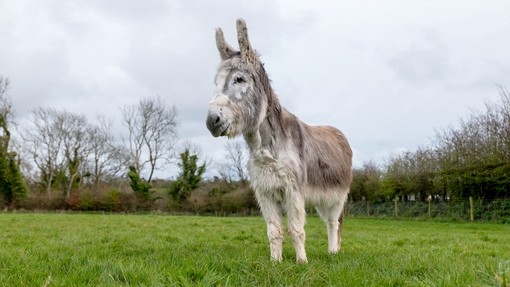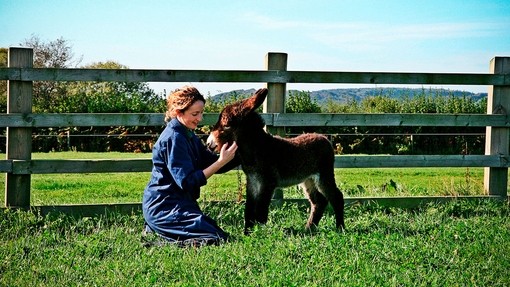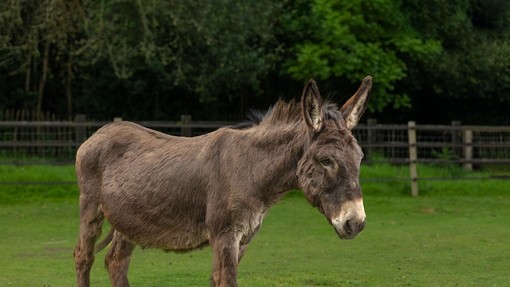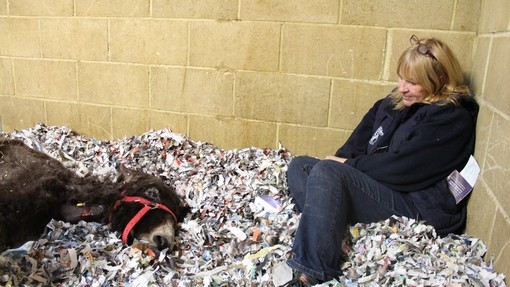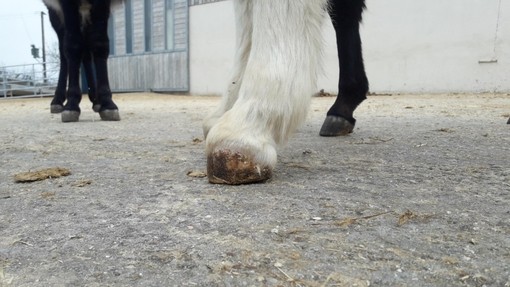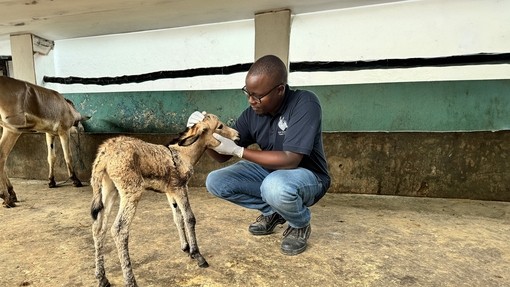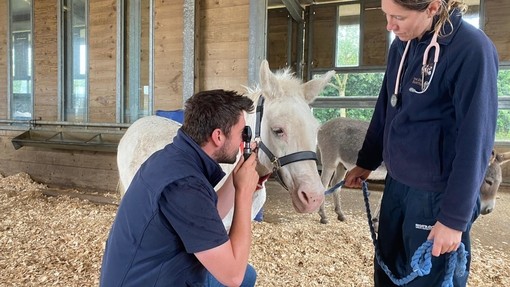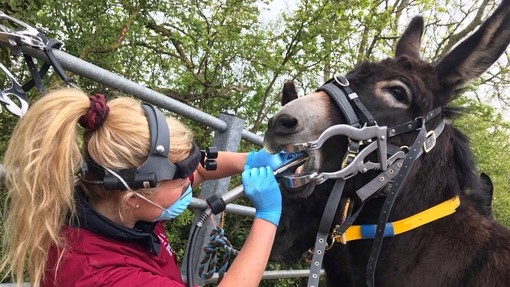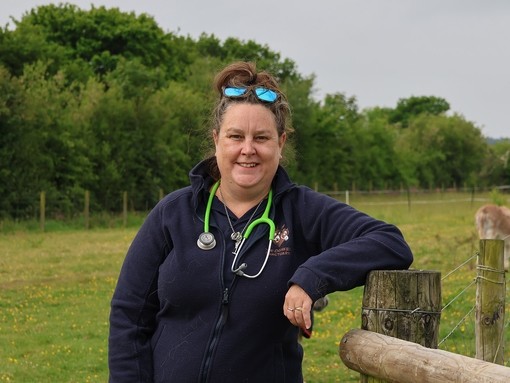
Behind the scenes with Emily Buckley, Head Verterinary Nurse
We celebrate Veterinary Nursing Awareness Month this May with Emily Buckley, Head Veterinary Nurse at Brookfield Hospital, which directly cares for over 2,000 donkeys across our UK sanctuary and farms.
Emily heads up a team of 8 vet nurses, who work tirelessly to care for donkey patients across the UK and provide veterinary advice to reach donkeys worldwide. With the theme of May’s awareness month being progression we find out more from Emily about the diverse range of skills and career pathways for vet nurses.
Emily’s story
“I first learned about The Donkey Sanctuary on the side of the M40 motorway! I was meeting my former colleague Alex for the first time, as we were travelling to Tanzania together to volunteer for Meru Animal Welfare Organisation (MAWO). Alex went on to teach me a lot about donkeys on the trip, and I later travelled to The Donkey Sanctuary to give a talk on colic surgery. Once this job opened up, Alex prompted me to apply and here I am today.”
“I’d had many careers with horses, but nursing is by far the most rewarding. People often assume that I became a nurse because I wasn’t clever enough to become a vet, this is not the case. If I wanted to be a vet, I would have gone to university to do a degree in veterinary science. I love being a part of the everyday care for donkeys, discussing with colleagues about their needs and welfare. I also love that I can travel and be part of a profession that allows me to go to different countries helping donkeys and equines in need.”
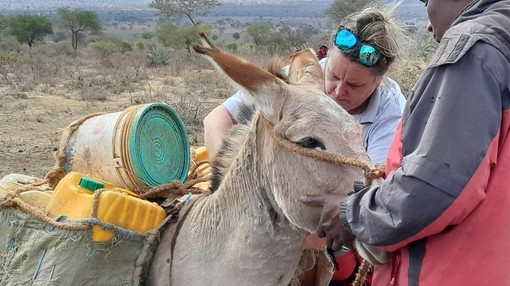
A day in the life
“Each morning, the VNs begin their day by congregating where donkeys are being housed. Every patient and their companion receive a clinical exam – as donkeys can become stressed when separated, they’re always seen together. “
“Medication is administered and then we start the rounds, where we discuss each case in the hospital, how they are progressing and any changes we need to make. Bandage changes and mouth flushes are next, before we decide where the nurses will be that day and what they’ll be doing. Radiography, dental sedations, farrier sedations or theatre nursing- the roles and responsibilities are extensive.”
After ensuring everything is in place, as Head VN Emily then often has a lot of paperwork to complete. A particularly special day for Emily is when she can take 5 minutes out of her day to spend with the patients in the paddocks - and the sunshine always helps!
The evolving role of veterinary nursing
Emily reflects on how the role of the veterinary nurse has progressed over the years, “The main difference between vets and vet nurses is that nurses can have discussions, but ultimately diagnosis and most decision-making rests with the surgeon. We then step in to treat the patients in our care, with the direction of the surgeon. Vet nursing responsibilities have expanded so it’s important that we have an extremely good working relationship with our vets and grooms, to give our equine patients the best standard of care.”
“Schedule 3 is the list under the Veterinary Surgeons Act of the procedures that registered veterinary nurses can perform. This has grown to include tasks such as:
- Administration of medication including via intravenous, intramuscular, subcutaneous, oral and topical routes
- Phlebotomy - taking blood samples and donations
- Radiography
- Wound assessment, dressing and bandaging
- Suturing and repair of superficial wounds
- Euthanasia where there is a veterinary surgeon on the premises
- Administration of sedation and maintenance of anaesthesia
- Vaccinations
“I love the variety of my job, one minute I could be placing a catheter and the next I can be giving a lecture to student nurses. I could be inducing a donkey for surgery or on a farm doing data collection for herd health. Every day is different and there is so much to do.”
Emily’s career is a shining example of a role that continues to progress and evolve at the world’s largest donkey welfare charity - reflecting the expanding responsibilities and vital contribution of veterinary nurses to the animal welfare sector as a whole.
Find out more about our donkey-facing teams
Share this page
Tags
- Blog


